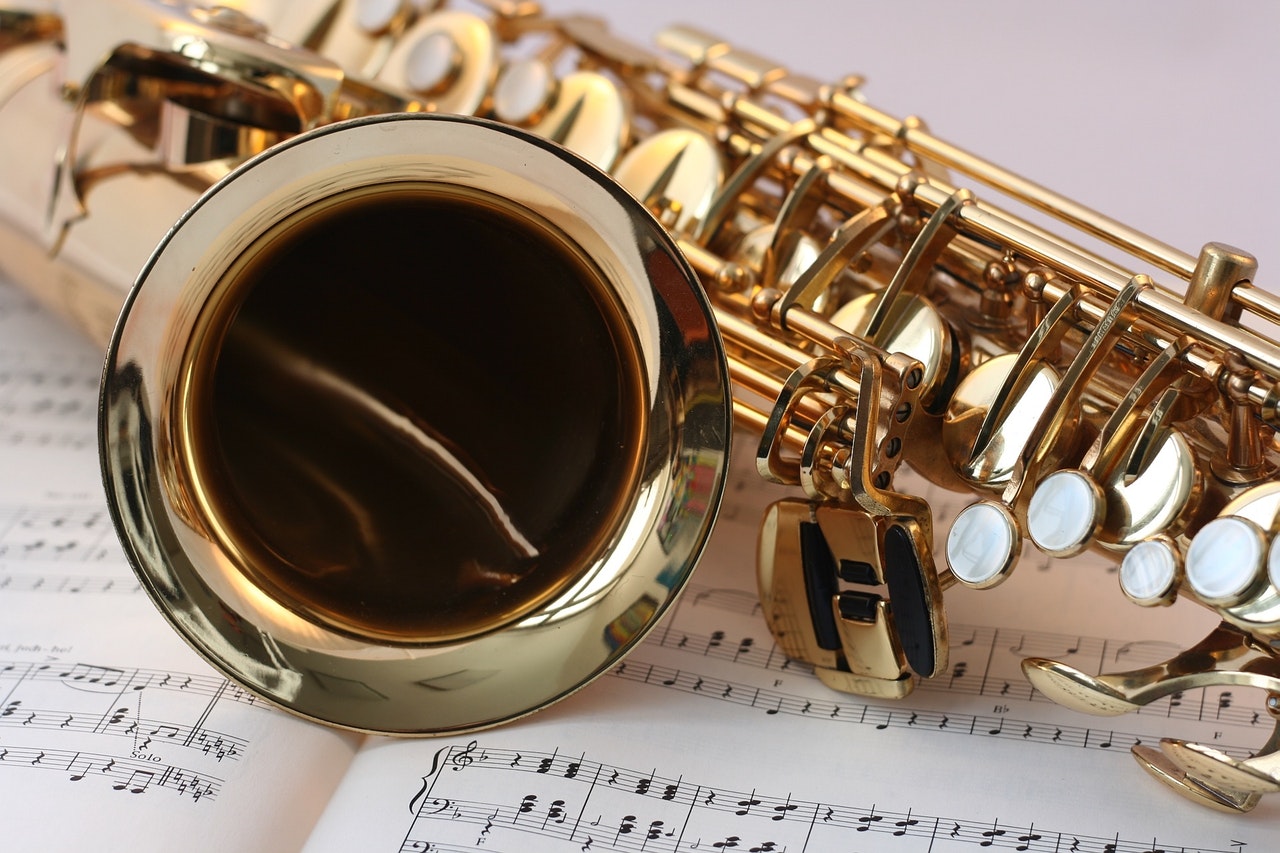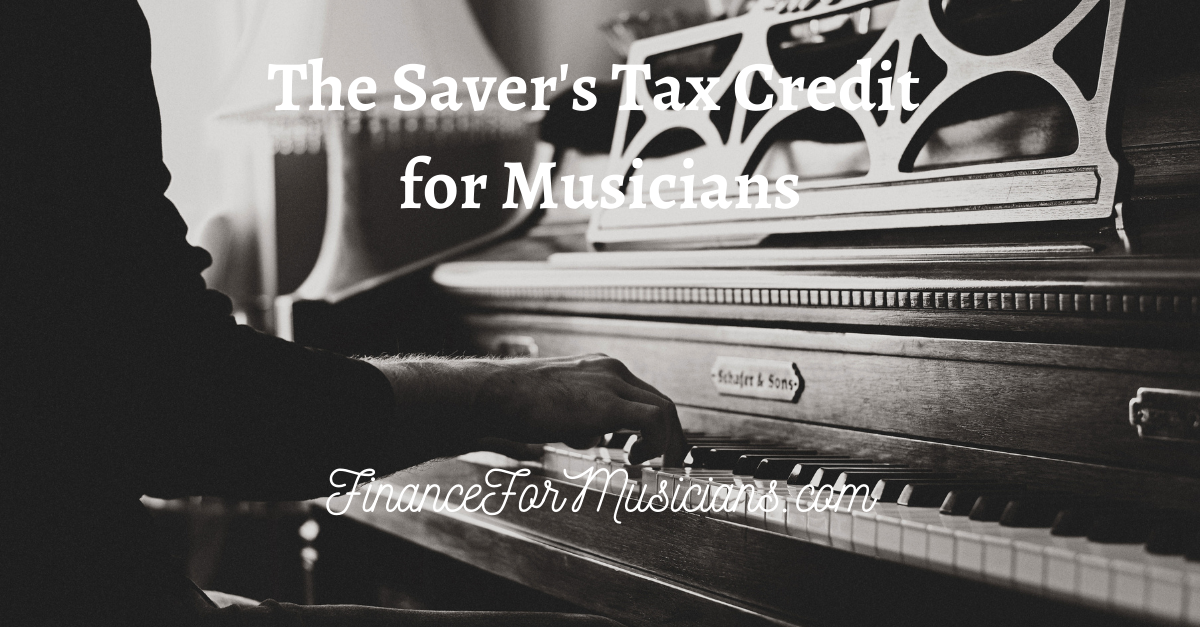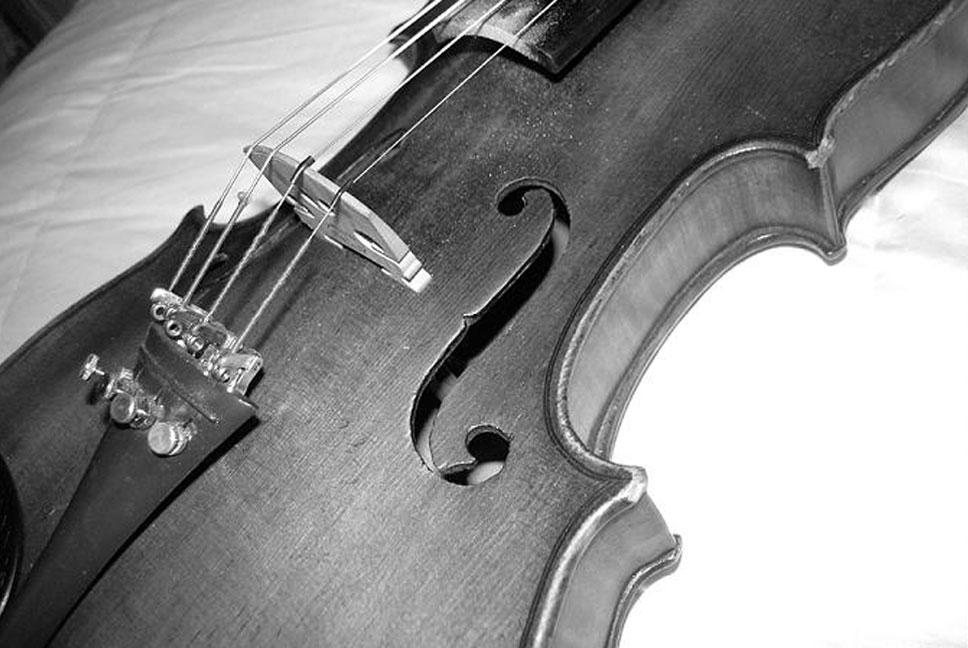Category: Retirement Planning
-

New IRS Rule Spoils SEP-IRA for Musicians
The SEP-IRA has been a key retirement tool for self-employed and 1099 musicians, but its value just got unexpectedly reduced last month, buried in the details of a 249-page release of new IRS regulations. I’m afraid that many self-employed musicians who read this may want to fund a different type of retirement account or may decide…
-

7 Missed IRA Opportunities for Musicians
The Individual Retirement Account (IRA) is the cornerstone of retirement planning. Unfortunately, many musicians miss opportunities to fund an IRA because they don’t realize they are eligible. With the great tax benefits of IRAs, consider funding yours every year you can. Here are seven situations where many musicians don’t realize they could fund an IRA.…
-

What Would Happen If The AFM-EPF Fails?
Pensions offer what may be the ideal source of retirement income. I have written a number of times about the critical status of the American Federation of Musicians Employer Pension Fund (AFM-EPF), a multiemployer pension plan which covers 50,000 professional musicians in America. Given that the Actuaries do not believe that their rehabilitation plan will…
-

AFM Pension Plan Slide Continues
Participants in the AFM Employers’ Pension Fund (AFM-EPF) received the annual funding notice and notice of critical status this week. Unfortunately, this year’s report is not good, and this notice does little to explain why. Each year, pension administrators are required to evaluate their plan’s “funded percentage” as a measure of the plan’s financial capacity.…
-
The Musician’s Guide to Choosing a Retirement Plan
-

The Saver’s Tax Credit
Many of the professional musicians I work with are self-employed and don’t have access to a 401(k) or company retirement plan. Not surprisingly, saving for retirement is a not always a high priority for most young musicians. Still, getting an early start and saving regularly are the best path to financial security. What if you…
-

Self Employed? Discover the SEP-IRA.
I wish more self-employed people knew about the SEP-IRA because it has a number of terrific advantages over a Traditional IRA.
-

The AFM Pension Plan: What Every Musician Needs to Know
If you’re a professional musician in the US, you likely received your annual statement from the American Federation of Musicians Employers’ Pension Plan in the past several weeks. Musicians often have basic questions about the AFM Pension, in part, because the annual statement doesn’t tell you very much about your personal situation other than your…







